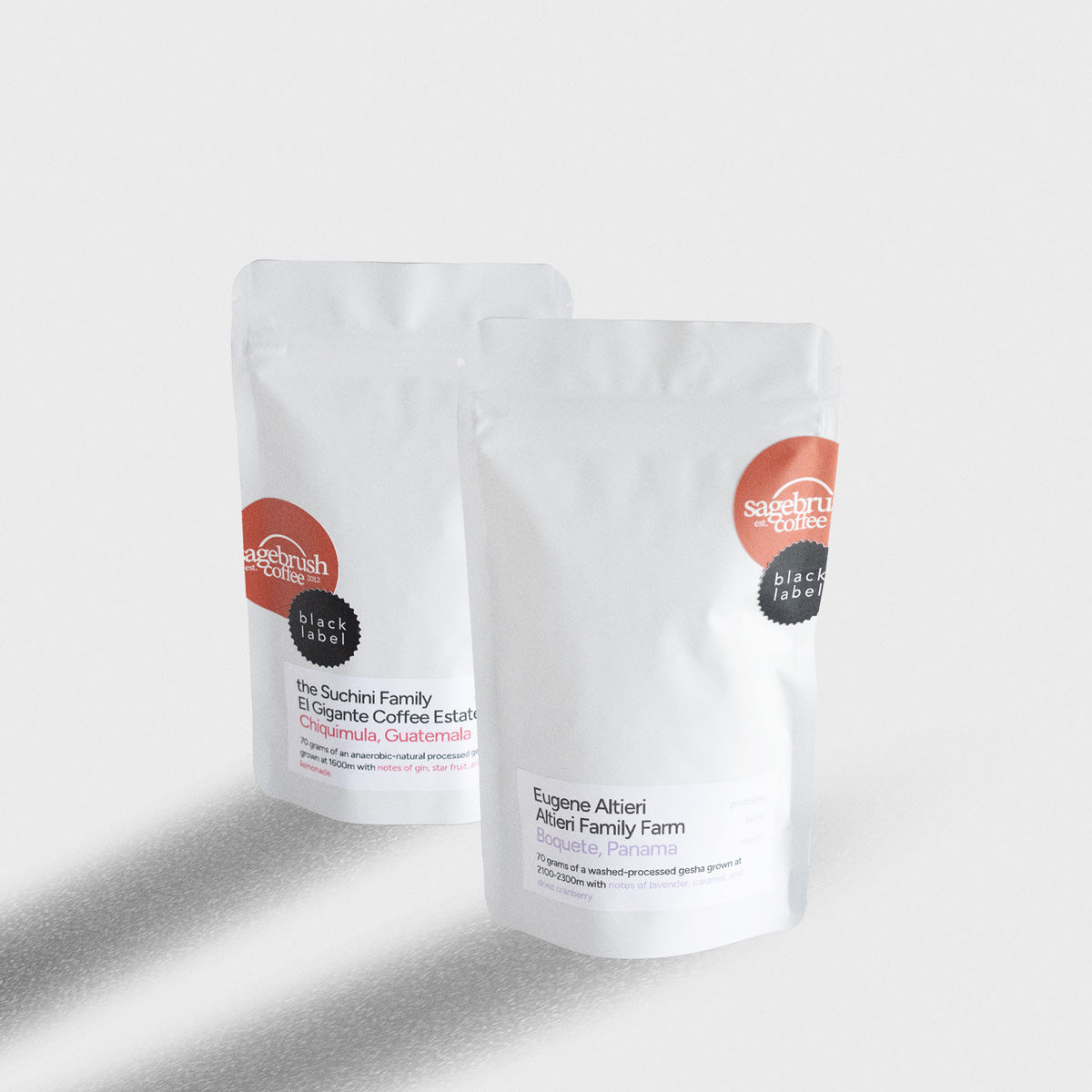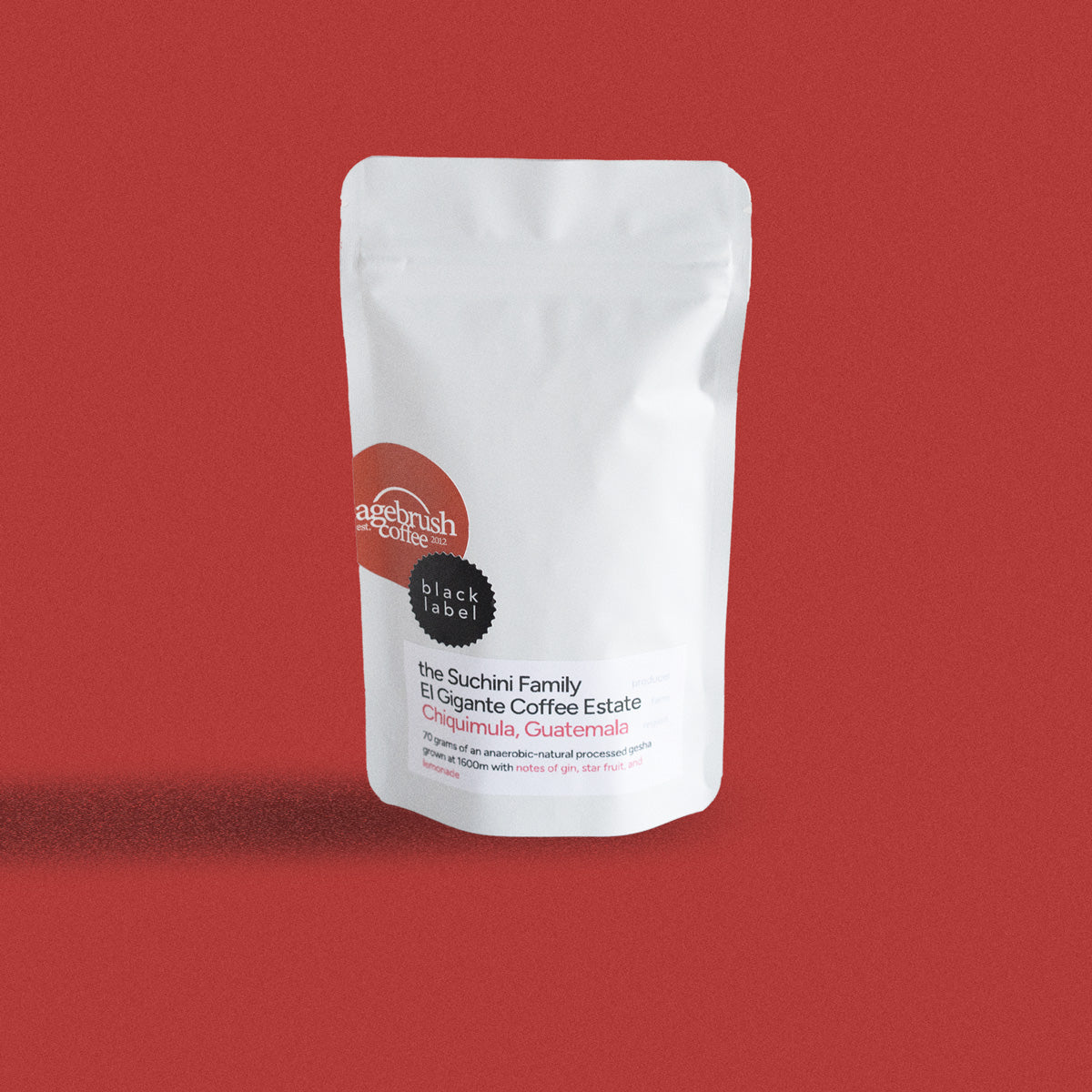 As a coffee lover, barista, and one of Matt’s sons, it was just a matter of time before I was invited to go on an origin trip with my dad. When my dad was invited to go to Colombia and judge the 2022 Best Cup competition, I was invited to go with him. My excitement grew as the trip got closer until, finally, it was time to go. After three long flights, we arrived in Papayan, Colombia, with about 25 other people getting ready to visit coffee farms and mills. Over the course of the trip, we visited one mill, three farms, and cupped 45 different coffees. I met roasters, cooks, farmers, chemists, importers, and exporters - all of whom had different perspectives on coffee. All of these people, no matter how important their job was, realized that the farmers should be the people whose work is displayed. I wasn’t surprised by this humility, as it is the same idea we have here at Sagebrush, but people tend to forget the importance of importing and exporting these beans. Meeting the people in charge of this vital part of the process was an eye-opening and unbelievable experience for me.
As a coffee lover, barista, and one of Matt’s sons, it was just a matter of time before I was invited to go on an origin trip with my dad. When my dad was invited to go to Colombia and judge the 2022 Best Cup competition, I was invited to go with him. My excitement grew as the trip got closer until, finally, it was time to go. After three long flights, we arrived in Papayan, Colombia, with about 25 other people getting ready to visit coffee farms and mills. Over the course of the trip, we visited one mill, three farms, and cupped 45 different coffees. I met roasters, cooks, farmers, chemists, importers, and exporters - all of whom had different perspectives on coffee. All of these people, no matter how important their job was, realized that the farmers should be the people whose work is displayed. I wasn’t surprised by this humility, as it is the same idea we have here at Sagebrush, but people tend to forget the importance of importing and exporting these beans. Meeting the people in charge of this vital part of the process was an eye-opening and unbelievable experience for me.
For our mill visit, we got to tour Banexport’s coffee mill. Banexport’s mill is in charge of shipping coffee out of the country in addition to working with farms to help them grow coffee better. The mill's main goal was to push what can be done with coffee and make it into a true science. The coolest part of the mill, and one of my favorite parts of the entire trip, was the full lab they had in the back. The lab had coffee fermenting in barrels to change the flavor profile through anaerobic fermentation. They took samples of this fermented coffee to study the bacteria and change the process of their fermentation to keep the good bacteria and remove the bad. The idea of a coffee chemist is still pretty crazy to me even after I’ve had five months to think about it.
This trip was also the first time that I visited a coffee farm. Even though I have seen countless photos, I was surprised at the natural beauty these places have. Being born and raised in Arizona means that I’ve never really seen the color green at all, so learning that this color existed and that places look this green all around the world was mind-blowing. Seeing hundreds of coffee plants all organized and perfectly spaced was both beautiful and satisfying. Going on hikes and talking to the farmers are memories that I’ll keep forever. Learning about the struggles that they have to deal with on a daily basis has made my respect for these people grow to an even higher degree than it was before this trip. For example, global warming has completely changed the way that seasons work in Colombia. Usually, coffee plants need a rainy season and a dry season in order to grow and produce the best coffee. Over the past couple of years, Colombia hasn’t had a dry season. This is not only destroying the infrastructure of cities and small towns but is also making it harder to grow coffee. It affects the health of the bushes and makes the cherries grow all year long. While this may sound like a good thing, it actually makes it harder to staff farms, leading to smaller yields.
These environmental issues don’t even begin to cover the political issues happening within the country. Coca is a plant that is commonly grown in Colombia, and it also happens to be the plant that makes cocaine. The cartel has been forcing farmers to grow coca on their land, and companies like Banexport are working with farms to encourage them to stand up against the cartel. They are also trying to make it more lucrative to grow coffee by buying whatever coffee they grow at specialty coffee prices, which encourages farmers to replace their coca plants with coffee shrubs. Not only is this helping loosen the grip that the cartel has on Colombia, but it is also helping the war on drugs all around the world. I actually got to see a coca plant while we were visiting a farm. Naturally, coca is a great pain reliever, similar to aloe vera. The work that these farmers are doing fosters nothing but respect. The hardships and complex processes that they are working with on a yearly, weekly, and daily basis make me appreciate the delicious coffees that I’m having every day even more.
The thing that we spent the most time doing, and the real reason we were there, was cupping for the Best Cup competition. We cupped around 100 times, consisting of around 45 different coffees. I went into the week having only cupped once, and was suddenly cupping with people whose entire job is to cup. I thought cupping 30 cups a day was intense, and then talked to people who cup 100 cups a day. Walking into the room we cupped in was daunting and stressful, as we weren’t allowed to talk. Slurping was encouraged because it helps aerate the coffee, as you would do with wine, and quickly cool the coffee. I lasted about five minutes before I couldn’t handle the noises anymore, so my dad and I were the first people to put in our earbuds and listen to music instead of the wonderful noises that everybody, ourselves included, was making. After a table of eight different coffees with two cups of each, we all got together and explained our ratings and flavor notes. All of this led up to the Best Cup auction where we went to an amphitheater with around 200-300 other people watching us bid on the coffees. These people included farmers and families of the farmers watching us decide how much they'll earn on that specific crop. We decided on the top 15 as a group and the starting bid for the bottom 10 was already twice the price of non-specialty coffee. As the prices got higher so did the volume of cheers. I’ve been to a lot of concerts, and some pretty intense concerts at that, but I have never been somewhere so loud. During a bidding war we were in with another group, we got to the highest price to that point. The other group came over and offered to split the lot with us, and even though they were screaming into my dad’s ear their offer was still completely inaudible. It was some of the most intense and exciting experiences I have ever had and I will remember it for the rest of my life.
Learning about and meeting the other people on this trip made me realize that the world of coffee, which I have basically been a part of for my whole life, has so much to offer, and has so much more to it than I ever realized. I made friendships that I'll cherish forever and memories that I will never forget. We just recently received all the coffees that we purchased during our trip and I am so excited to start selling them. I have never been more attached to any other coffees we’ve sold, nor have I been so excited to taste them again. I’m also excited for our customers to try the coffees we got and I hope that everyone enjoys them as much as I have. The coffee that we personally ranked the highest was the Colombia La Estrella Gesha, which is one of the coffees we bought for the shop, I can't wait for you to try it.
Written by Noah Kellso

















